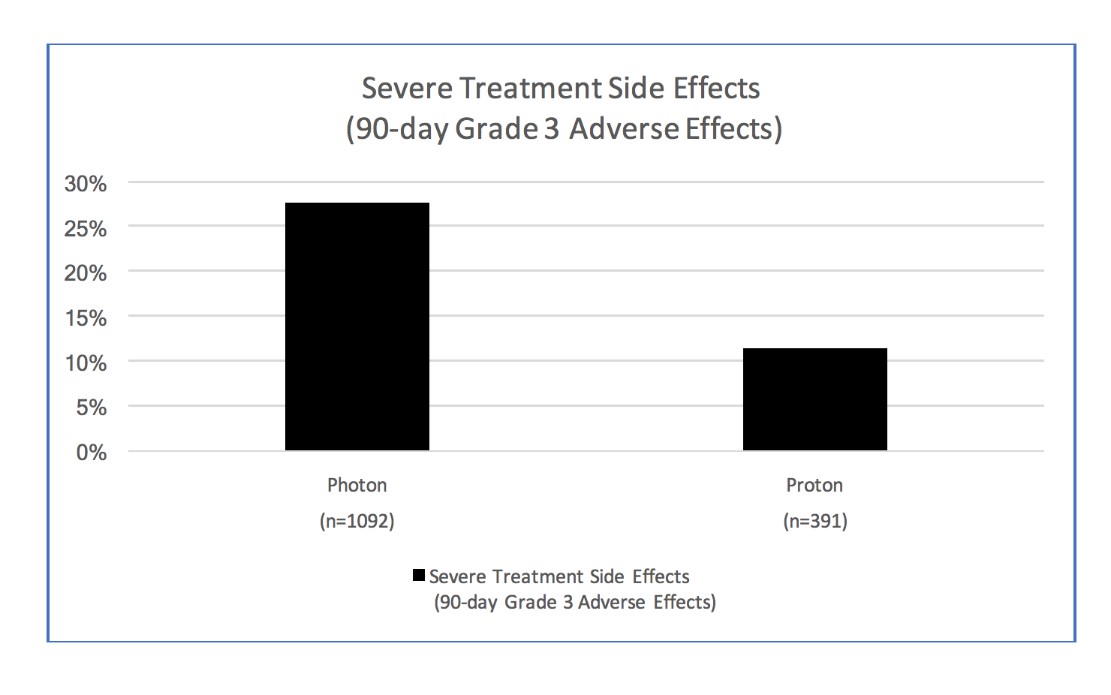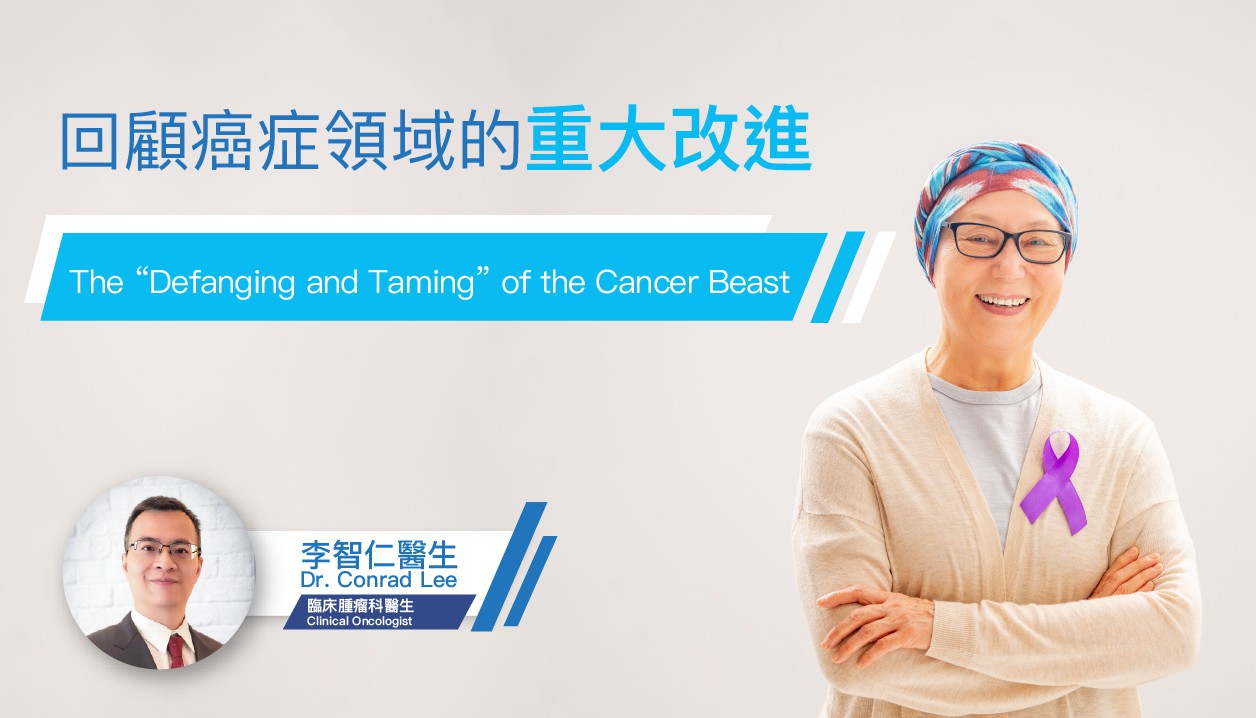Most advanced radiotherapy treatment now made available for Hong Kong patients
Publish date:2020-10-15
Cancer remains the top killer in Hong Kong.
Radiotherapy plays a key role in cancer treatment, often with the aim of complete cure. Typical existing radiotherapy in Hong Kong employs conventional X-Ray (photon). Currently even the most high end technology systems still only employ photon/x-ray which has an intrinsic problem of depositing a lot of radiation in normal tissues outside of the tumour.
Proton and carbon ion therapies represent a very attractive alternative because these types of radiation behave very differently from photons/x-ray and provides 2 major advantages. First, unlike photon/x-ray, for both these types of particle treatments, the radiation dose behind the tumour drops to almost zero very rapidly, leaving normal tissue beyond the tumour unaffected. This is particularly useful where the tumour is deep-seated and near to sensitive organs as well as for children requiring radiotherapy. Secondly, for carbon ion therapy, these particles are particularly damaging to tumour DNA, and as such, can be more effective against tumours that are typically resistant to standard photon/x-ray based therapy. In other words, in addition to reducing of unintended radiation to normal organs, carbon ion therapy may be more effective in killing cancer cells.
At this moment, neither proton nor carbon ion therapy is yet available within Hong Kong.
Proven Reduction in Severe Side Effects



A recent large study confirmed that when combined with chemotherapy in a wide variety of tumour types (1), proton treatment yields much lower side effects compared to standard photon/x-ray. The patients receiving proton experienced less severe side effects despite the fact that they were generally older and in less good condition before treatment compared to those treated with standard photon/x-ray. Propensity-weighted comparison showed a clear 69% reduction in severe treatment side effects (2) and a 49% reduction in worsening of general condition (3) within the first 3 months of treatment compared with standard photon/x-ray.
Sources:
1. Includes head & neck, lung, brain, esophagus, stomach, rectum, gynaecologic
2. 90-day Grade 3 Adverse Events
3. 90-day ECOG performance decline

Cancer of pancreas is generally relatively resistant to standard radiotherapy. Recent results for inoperable (1) pancreatic cancer showed treatment with carbon ions combined with chemotherapy (2) yielded survival results that compares favourably to another similar set of patients treated with chemotherapy combined with standard radiotherapy using x-ray/photons (3) or chemotherapy alone (3).
Source:
1. Locally advanced pancreatic cancer
2. Shinoto et al. Radiother Oncol 2018 Nov; 129(2): 333-339
3. Hammel et al. JAMA 2016 May 3;315(17): 1844-53
Reduced Unintended Radiation to Normal Organs
Children and adolescents are particularly vulnerable to long term side effects of radiation to normal organs or tissues. Here, a young patient requires radiotherapy to the brain and whole spine. The uppermost diagram shows treatment with protons, the spine receives adequate doses (Red) whilst all the organs below the spine received no radiation. The middle diagram shows treatment with photons/x-ray – there is much unintended radiation to all the organs under the spine (in green).
Lower diagram shows proton treatment (left) where the radiation stops short of the heart which received almost no radiation, but the photon/x-ray treatment (right) resulted in the heart also being exposed to a significant dose of unintended radiation.

Carbon Ion may be More Effective against Tumours

(Top) Standard photon/x-ray therapy causing damage to tumour cell DNA (seen as green spots here). Some type of tumours are inherently very resistant to standard radiation as they are able to tolerate and repair these damages.
(Bottom) Carbon Ion therapy however is able to cause significantly more damage to the tumour cell DNA compared to XRays (many more green spots shown here). Thus, carbon ion therapy may offer a much better chance of tumour control compared with standard photon/x-rays for those tumours that are otherwise deemed resistant to radiotherapy.
MIT Centre in Germany
There are currently only a small handful of centres in the world offering both proton and carbon ion therapies. The MIT centre (Marburger Ionenstrahl Therapiezentrum) in Germany is one of only 4 in the whole of Europe. The particle system at the MIT is built by Siemens and provides both proton as well as carbon ion therapy, the latest in radiation treatment. The MIT now serves as one of 2 such centres in Germany, and patients from all over the country as well as many other countries in Europe requiring this state-of-the-art treatment are referred there. (The USA is now planning also to set up similar service in their country).
Working in close collaboration with the MIT centre, which is located in a major university hospital in Germany (near Frankfurt), Hong Kong patients will now have the realistic option of receiving this state of the art treatment with proton as well as carbon ion.

Dr. Lee Chi Yan Conrad







